Bioengineers look to Alaska Pollock to help save lives
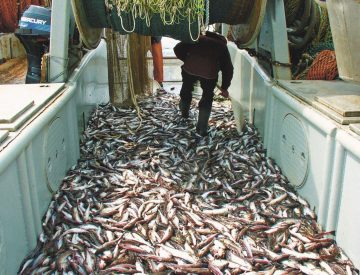 When researchers at the University of Tsukuba in Japan were looking for biomaterials that could improve the performance of surgical sealants, they turned to a familiar cold-water fish: Alaska Pollock. The results of their tests on rodent and pig tissue were published in Colloids and Surfaces B: Biointerfaces, a peer-reviewed scientific journal that focuses on bioengineered materials, in October. Surgical sealants are mainly used to stop bleeding in wounds from surgical cuts during a procedure. The first sealants were invented in 1909, and made from human plasma and an enzyme derived from cattle. But according to a rehash of the technology’s history, (“Evolution of hemostatic agents in surgical practice,” Indian Journal of Urology, 2010), they came with steep drawbacks. Patients’ immune systems often reacted poorly to the material. And at the time, human plasma screening was inadequate to prevent transmission of blood-borne viruses to patients. This led to new viral infections. Read the story here 18:40
When researchers at the University of Tsukuba in Japan were looking for biomaterials that could improve the performance of surgical sealants, they turned to a familiar cold-water fish: Alaska Pollock. The results of their tests on rodent and pig tissue were published in Colloids and Surfaces B: Biointerfaces, a peer-reviewed scientific journal that focuses on bioengineered materials, in October. Surgical sealants are mainly used to stop bleeding in wounds from surgical cuts during a procedure. The first sealants were invented in 1909, and made from human plasma and an enzyme derived from cattle. But according to a rehash of the technology’s history, (“Evolution of hemostatic agents in surgical practice,” Indian Journal of Urology, 2010), they came with steep drawbacks. Patients’ immune systems often reacted poorly to the material. And at the time, human plasma screening was inadequate to prevent transmission of blood-borne viruses to patients. This led to new viral infections. Read the story here 18:40



































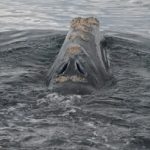
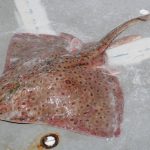
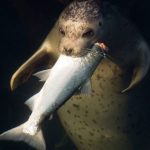
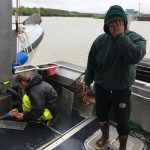
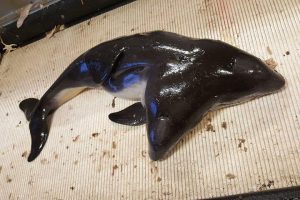


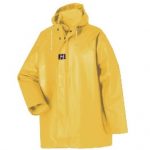





Leave a Reply